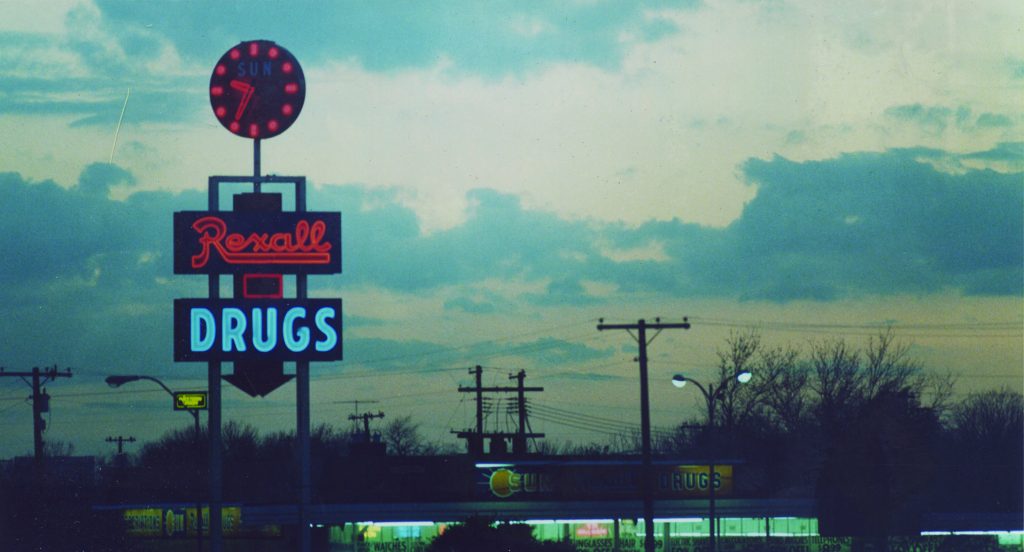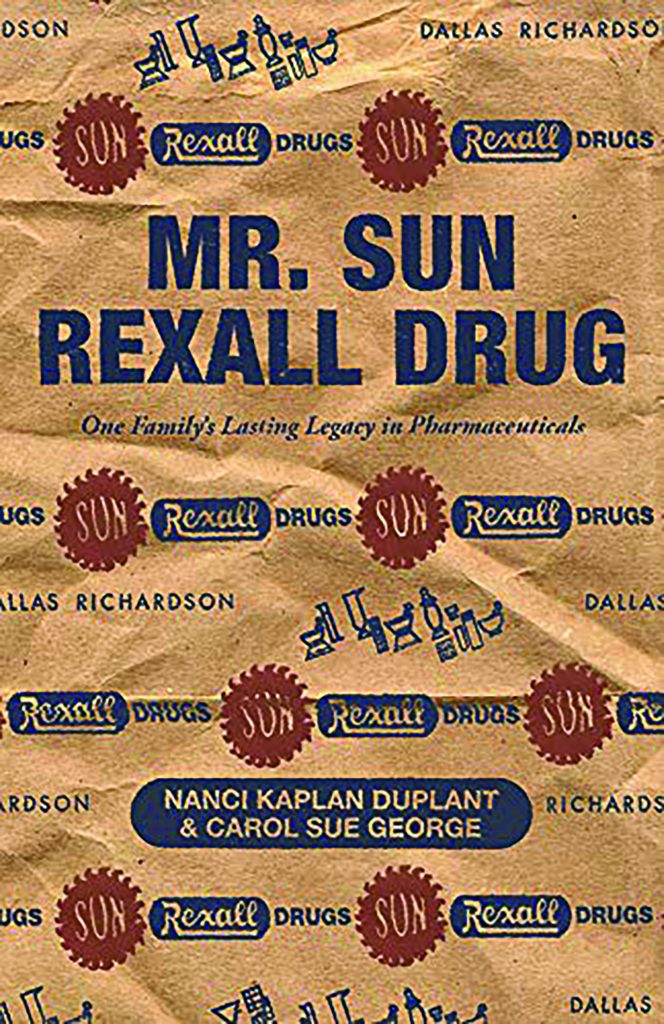As Richardson celebrates its 150th anniversary in 2023, it is important to look back at where the city came from. From its founding in 1873 as a small railroad town to its current-day status as a city that is home to businesses and institutions that help develop the technology that changes the world, a lot has happened over the past 150 years. This year, Richardson Today will be telling some of these stories and exploring the people and events that helped shape Richardson into the place it is today, including a look this month at what Richardson was like as it was growing from a small town to a larger, technology-driven city.
In the early 1960s, if you were a teen in Richardson who was looking for your friends after church on a Sunday night, they were going to be in one of two places: Pizza Villa for a new-to-the-area food called pizza, or Kip’s Big Boy, where the go-to order was a Big Boy Burger and a hot fudge sundae. That is just one of the memories shared by Jann (Dowdy) Walton, who moved to Richardson in 1960 and graduated from Richardson High School in 1964. Walton and several other members of the Richardson Senior Center recently shared with Richardson Today what it was like to be here as the Space Race was transforming Richardson from a small farming community to a technology leader.

“Pizza Villa wasn’t that big, but we crammed in there every Sunday night,” Walton said of the beloved pizza place, which operated from 1960-2013 at the southeast corner of US 75 and Belt Line. “It was good pizza and everybody loved it. Pizza was kind of a new thing. No one had ever heard of pizza down here since we weren’t from New York.”
Texas Instruments opened a facility in Dallas on the Richardson border in 1958, and Collins Radio opened a facility in Richardson that same year. With the Space Race in full swing, workers moved to Richardson in droves, with Richardson’s population growing from 1,289 residents in 1950, to 16,810 in 1960, 52,807 by 1970 and 72,342 in 1980.
Chuck Bukin was one of the people who moved to Richardson at that time. An Aerographer’s Mate who was responsible for launching two weather balloons per day onboard the aircraft carrier USS Wasp during the Korean War, Bukin joined Texas Instruments after leaving the service and moved to Richardson in 1962. At TI, Bukin was a manufacturing and processing senior engineer and worked in the manufacturing of semiconductors.
“I remember there being nothing but cotton fields north of Arapaho,” Bukin said. “There was a big traffic circle at Belt Line and Coit. Belt Line was two lanes, and Arapaho was two lanes and had ditches on each side of it. The places to go eat were the Golden Eagle Restaurant and Fred’s BBQ. Man, they were good.”
Jack Kanz moved to Richardson in 1961 and worked as a technician in a research division at TI before going to law school and starting his own law firm. Kanz knew of Richardson before moving here, as he played on the 1953 and 1954 Clifton High School football teams that defeated Richardson High School in the Class A (the smallest classification in Texas high school sports) playoffs.
“When TI bought this property, everything started moving to Richardson. It started in the late 1950s and seems to have never stopped since then,” Kanz said. “I think the police department had two people when I started here. I do remember their patrol car was a 1955 Ford.”
The one business each of the long-time residents spoke highly of was Sun Rexall Drugs, the iconic pharmacy with the 50-foot-tall sign that opened in 1958 and operated for 47 years at the corner of Belt Line Road and Central Expressway in the Heights Shopping Center.

“For those of us who grew up here, you would find out what your school supplies were because Mr. Kaplan would post the list in the window,” said Denise White, a 1977 Richardson High School graduate who grew up in Richardson. “It had everything you could imagine in there. They had a lunch counter, a soda fountain and a talking mynah bird. All the kids loved going there.”
In the mid-1970s, high schoolers like White hung out at a few different places including swimming pools in the summer, the Thunderbird Roller Rink and a restaurant called Next Door, where you placed your order on a phone at the table and then picked your food up at the counter. Next Door was in the Promenade Shopping Center.
“Once everybody got to driving, people would meet up in the parking lot of the A&P Grocery Store at Belt Line and Coit,” she said. The two main strips everyone would cruise were Coit and Belt Line. In those days, you knew every car that drove by because it was only the teens who were out; the adults were all at home.”
Carol Bowling and Hannah McDonald moved to Richardson in 1964 and 1968 respectively. One of the main reasons each of them relocated to Richardson was the quality of the schools. While Richardson still has excellent schools, the women said pretty much everything else has changed.
“When we moved here there was a farm right behind Mohawk Elementary where you could go buy fresh eggs,” McDonald said. “Where did all these people come from?”
Bowling agreed, adding the change came suddenly.
“I think things changed overnight,” Bowling said. “It was like we blinked and the area was completely built up.”
While the Richardson of the 1960s is barely recognizable today, one remnant of the past remains just off Main Street in Downtown Richardson. Del’s Charcoal Burgers has been at 110 S. McKinney St. since 1957. The menu today is largely unchanged from those early days, serving hamburgers, hot dogs and homemade root beer.
“Del’s, Pizza Villa and Sun Rexall Drug are three places that if you don’t know them, then you didn’t grow up in Richardson,” White said. “Del’s was one of the only places you could get a burger. You would get them in a brown paper bag and bring them home. It has changed hands, but it is still family owned and they still make that homemade root beer.”

Mr. Sun Rexall Drug Author Visit
Sun Rexall Drug and its owner, David Kaplan, were the subject of a 2019 book entitled “Mr. Sun Rexall Drug.” One of the book’s authors and David’s daughter, Nanci Kaplan Dupont, will be at the Senior Center at 1 p.m. June 29 to take people on a trip down memory lane by sharing stories from the book.
The event is free, but registration is required. Call the Senior Center at 972-744-7800 to register.
